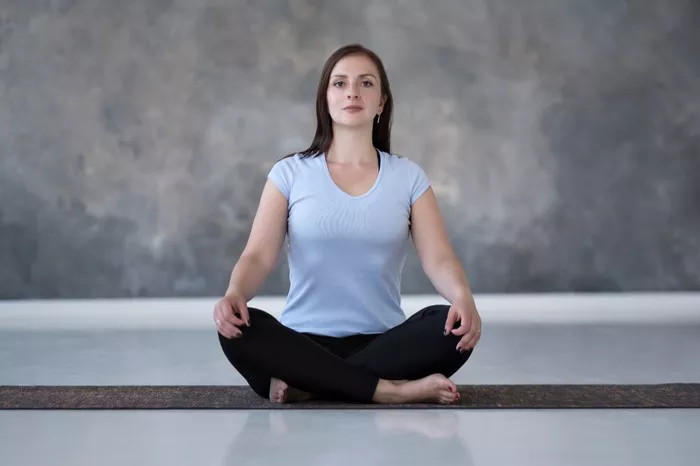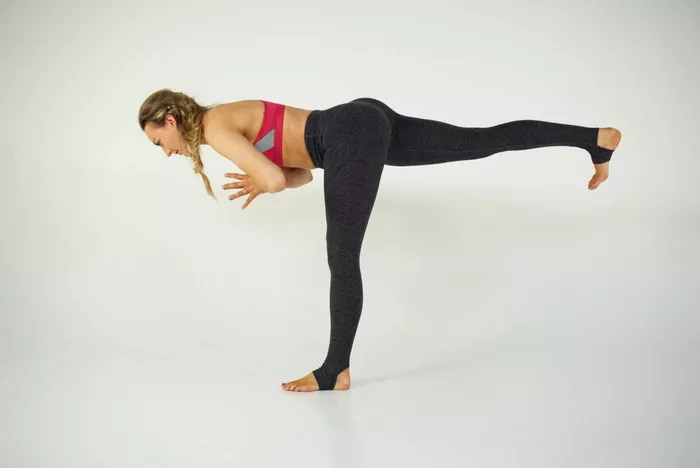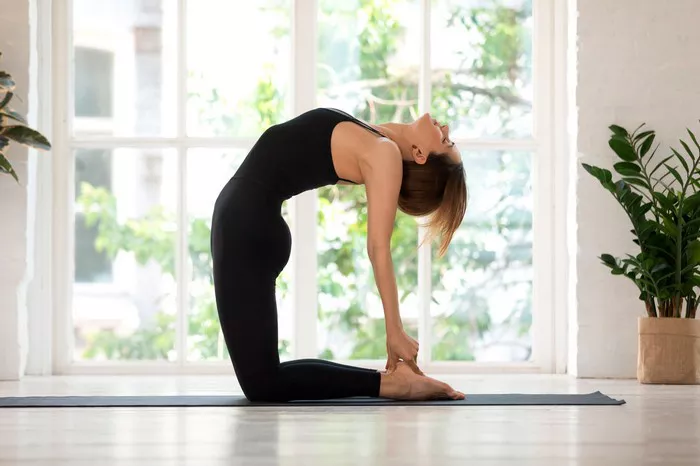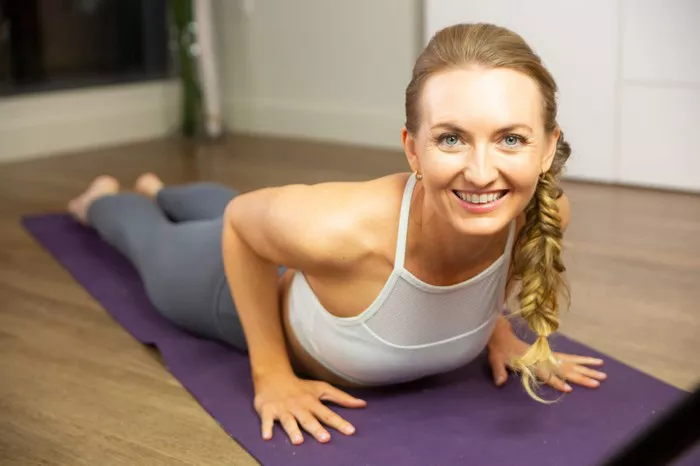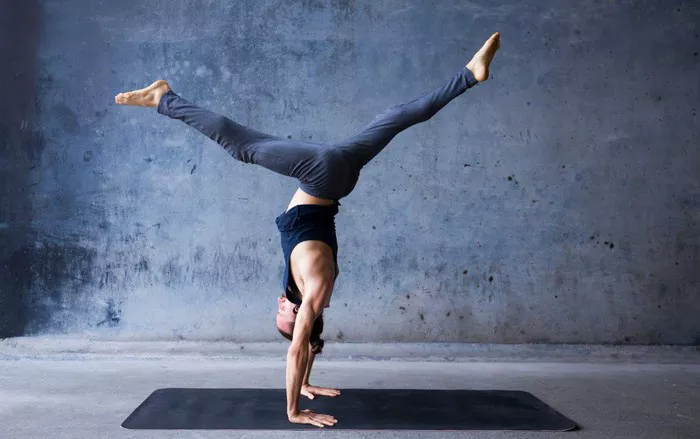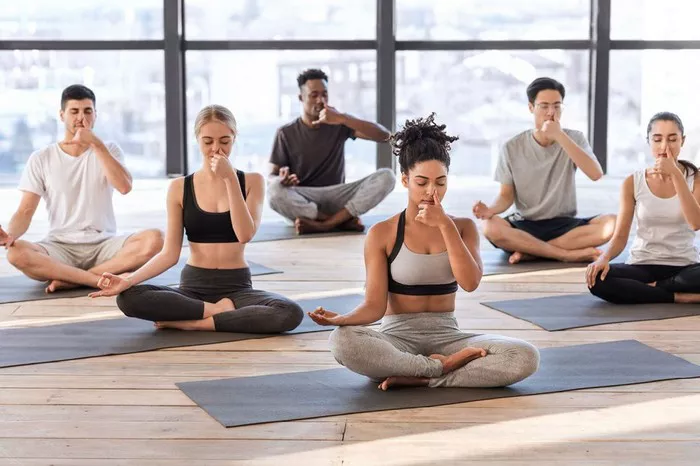Yoga blocks are essential tools for practitioners of all levels, offering support, stability, and alignment assistance during poses. Among the most popular materials used in yoga blocks today are foam, wood, and cork. Each type has unique properties that influence performance, comfort, and environmental impact. This article dives deep into the question: Are cork yoga blocks better? By examining the characteristics of cork blocks compared to other materials, and understanding their role in different yoga styles, you’ll be empowered to make an informed choice tailored to your practice.
What Are Yoga Blocks and Why Use Them?
Yoga blocks are rectangular props typically made from lightweight materials designed to support and enhance your yoga practice. Their primary functions include:
- Enhancing alignment: Helping you maintain proper form, especially in standing and balance poses.
- Increasing reach: Allowing practitioners with limited flexibility to bridge the gap between the floor and their hands.
- Providing stability: Offering firm support in balancing or restorative postures.
- Reducing injury risk: Minimizing strain on muscles and joints by providing safe support.
They serve both beginners and advanced yogis by modifying poses and allowing deeper exploration in asanas.
The Material Matters: Cork vs. Foam vs. Wood
Foam Yoga Blocks
Foam blocks are lightweight, affordable, and commonly found in yoga studios and home practice kits. They offer good cushioning but can compress under pressure, reducing support over time. Their smooth texture is comfortable to grip but may become slippery when wet from sweat.
Wooden Yoga Blocks
Wood blocks are sturdy and provide excellent support without compressing. They are often favored for their durability and aesthetic appeal. However, they can be heavy, hard on the hands, and less forgiving on joints, which may cause discomfort during long holds.
Cork Yoga Blocks
Cork blocks have surged in popularity due to their balanced characteristics. They combine firm support with a natural, slightly textured surface that offers grip without being abrasive. Cork is a renewable resource harvested from cork oak trees without harming the tree, making it an eco-friendly option.
The Unique Advantages of Cork Yoga Blocks
1. Firm Yet Comfortable Support
Cork yoga blocks provide a solid foundation that does not compress like foam but is gentler than hard wood. This firmness makes them ideal for stability-focused postures such as Triangle Pose (Trikonasana) or Half Moon Pose (Ardha Chandrasana), where a reliable block can prevent slips and maintain proper alignment.
2. Natural Non-Slip Surface
The slightly porous texture of cork offers a natural grip, enhancing stability especially during sweaty or vigorous sessions. Unlike foam blocks, which can become slippery when wet, cork tends to maintain traction, increasing safety in poses requiring balance.
3. Eco-Friendly and Sustainable
Cork is harvested sustainably by stripping bark from cork oak trees, allowing the trees to live and regrow their bark over several years. This makes cork blocks a more environmentally responsible choice compared to foam (often made from synthetic materials) or wood sourced from less sustainable forestry practices.
4. Durability and Longevity
Cork blocks are robust and resist wear and tear over time, maintaining their shape and function longer than many foam blocks. Their resistance to cracking or splintering also makes them a safer, long-lasting option.
5. Hypoallergenic and Antimicrobial Properties
Natural cork contains antimicrobial agents, which help resist mold, mildew, and odor—a significant advantage for items in contact with sweat and moisture during yoga practice. For practitioners sensitive to synthetic materials, cork offers a more natural alternative.
Are Cork Yoga Blocks Better for All Yoga Styles?
Hatha and Restorative Yoga
For slower-paced, alignment-focused styles like Hatha or restorative yoga, cork blocks offer steady support without overwhelming cushioning. Their firm surface assists practitioners in maintaining poses without strain and helps deepen stretches safely.
Vinyasa and Power Yoga
During dynamic flows or power yoga, blocks are used less frequently for static support and more for assisting complex balances or modifications. Cork blocks’ non-slip surface provides added confidence in transitions and balancing postures, though their weight (heavier than foam) might be a consideration for frequent repositioning.
Iyengar Yoga
Iyengar yoga emphasizes precise alignment, often using props extensively. Cork blocks are highly favored in this tradition due to their stable, firm support and reliable grip, which help practitioners maintain exact postural forms.
Potential Drawbacks of Cork Yoga Blocks
Heavier Weight
Compared to foam, cork blocks are heavier, which might be less convenient for carrying to classes or travel. If portability is a priority, this may be a downside.
Cost
Cork blocks generally cost more than foam counterparts due to the sustainable harvesting process and durability. For budget-conscious practitioners, the initial investment is higher.
Texture Sensitivity
While many appreciate the natural feel of cork, some may find its texture rougher on hands or skin, especially if used extensively without gloves or skin conditioning.
How to Choose the Right Yoga Block for You
When deciding if cork yoga blocks are better for your practice, consider the following:
- Your Practice Style: If you practice styles emphasizing alignment and stability, cork blocks provide excellent support. For fast flows, foam blocks may be more practical.
- Environmental Values: If sustainability is important, cork is an eco-friendly choice.
- Budget: Cork blocks are an investment but offer long-term durability.
- Comfort Preferences: Test the texture and weight to ensure comfort and usability.
Caring for Your Cork Yoga Blocks
To extend the life and maintain hygiene:
- Clean blocks regularly with a damp cloth and mild soap.
- Avoid soaking cork blocks in water to prevent deterioration.
- Store in a dry, ventilated area away from direct sunlight.
- Use natural oils sparingly to maintain cork texture if drying occurs.
Conclusion
Cork yoga blocks are often considered superior due to their combination of firmness, natural grip, eco-friendliness, and durability. They strike a balance between comfort and support that suits many yoga styles, particularly those focusing on alignment and stability. However, the choice depends on individual needs, preferences, and values.
If you seek a reliable, sustainable prop that enhances your practice and aligns with environmental consciousness, cork yoga blocks are likely the better choice. For those prioritizing lightweight convenience or budget, foam blocks may be preferable. Ultimately, the best yoga block is the one that supports your body safely and encourages your growth on the mat.
Related Topics:


